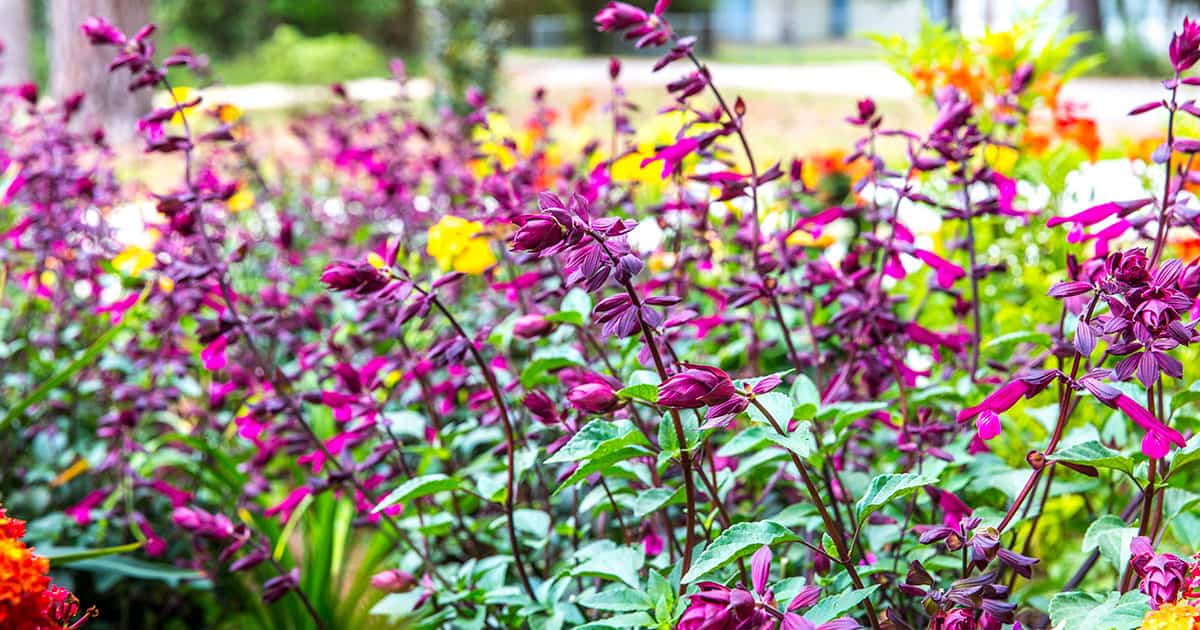Are you looking for ways to keep your garden blooming year-round? If so, then you’ve come to the right place! This article will explore the secrets of perennials – plants that can survive through multiple growing seasons. We’ll discuss how to choose and care for these special plants so you can enjoy a beautiful garden all year long.
Whether it\’s selecting varieties with long bloom times or providing proper fertilization, this guide has everything you need to put together an eye-catching perennial garden. From springtime tulips and summer daisies to fall chrysanthemums and winter pansies, there are endless possibilities when it comes to designing a colorful landscape that lasts from season to season.
So grab your gardening gloves and get ready – let’s discover the secrets of perennials!
Understanding the Basics of Perennial Care
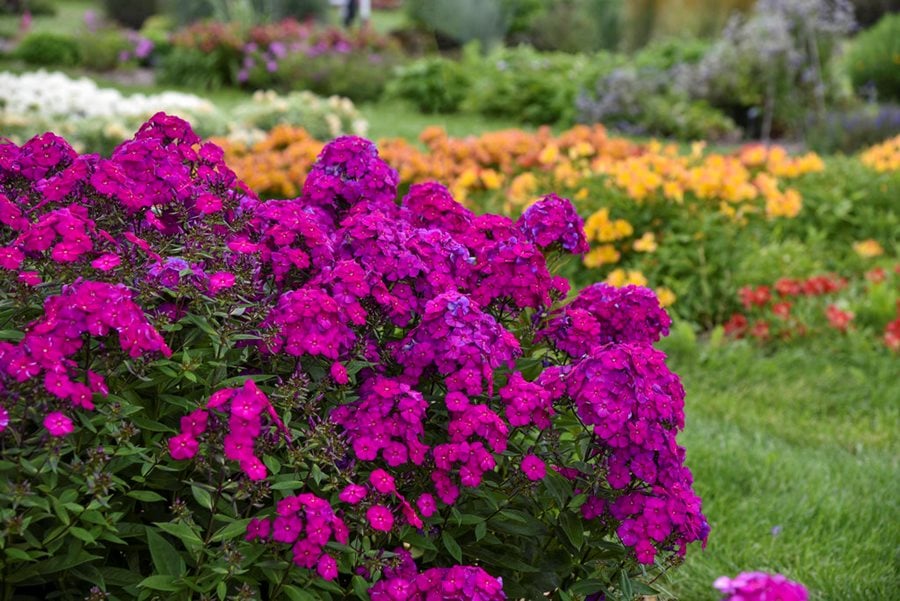
Perennials bring beauty to a garden year after year, but they require some special care to keep blooming. Knowing when and how often to prune, water, and fertilize perennials will help ensure that your plants stay healthy and vibrant for many years.
Start by evaluating the soil where you plan to plant your perennials. Test the pH level of the soil; ideal conditions vary from one type of perennial to another, so it is important to find out what works best for each species before planting begins. When adding organic matter like compost or mulch around your plants, make sure not to overdo it as too much can impede water absorption and cause root suffocation.
Watering needs also depend on individual types of perennials; most need an inch or two per week during spring, summer, and fall months when temperatures are warmer than usual. To conserve moisture in-between watering cycles, utilize ground cover such as bark chips or gravel which helps reduce evaporation rates while still allowing rainwater access directly into the soil near roots.
Additionally, consider using drip irrigation systems if available which allows for more precise control over how much water reaches each plant – this is especially useful if different varieties have different requirements for moisture levels at any given time throughout a growing season. Fertilization schedules should be tailored according to specific species’ needs — some may only require annual applications while others might need multiple doses throughout their flowering period — so consult with experts before applying any products that could potentially harm delicate petals or stunt growths altogether! Finally remember: regular weeding is essential since weeds compete with established plants for resources like nutrients and sunlight – always remove them promptly whenever possible!
Strategically Planting for Year-Round Color
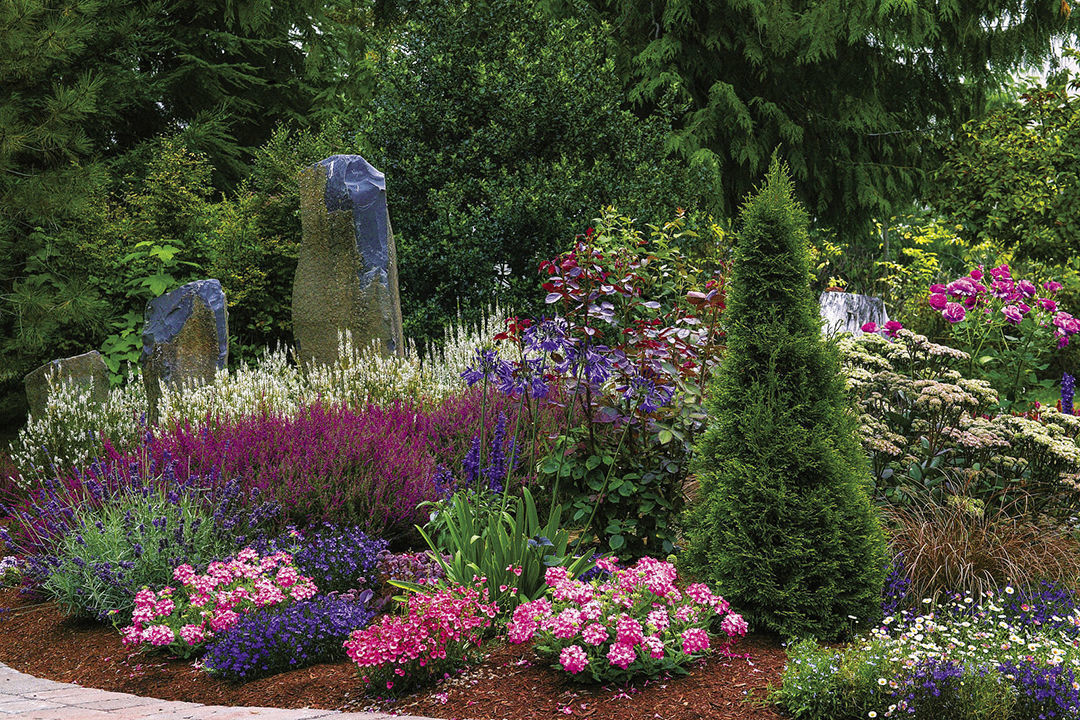
Adding a variety of perennials to your garden is an easy way to ensure year-round color. By strategically selecting plants that bloom at different times throughout the season, you can create a vibrant and ever-changing display from spring through fall.
An effective strategy for planting perennials includes combining early-, mid-, and late-season bloomers, as well as plants with attractive foliage or texture that provides interest during periods when flowers are not in bloom. With careful selection and placement, it’s possible to have something colorful in every corner of your garden all year long.
When planning out each bed or border area, think about how the colors will interact with one another visually over time. Choose perennial varieties that contrast nicely; this could mean pairing cool tones like blues and purples alongside warmer yellows and reds or complementary oranges and greens next to each other on the same plant.
Additionally, select flowering perennials based on their height so they don\’t crowd each other out later in the season when fully grown – taller varieties should be placed towards the center of beds while shorter ones can remain along edges for borders effect without blocking views elsewhere in your outdoor space. Finally, make sure there\’s plenty of soil drainage where necessary so water doesn\’t pool up around roots which can lead to root rot disease affecting blooms even before they start showing signs of life!
Feeding and Watering Practices to Enhance Bloom Time

To keep your garden blooming year-round, the correct feeding and watering practices are essential. To start, it is important to water your perennials deeply but infrequently.
Doing so will help them develop a strong root system for better long-term growth and performance. During extreme temperatures or drought conditions, you may need to increase the frequency of watering slightly.
Additionally, when it comes to feeding your perennials during bloom time, using a balanced fertilizer such as 8-8-8 is recommended to ensure they get enough nutrients without burning their foliage or stunting their growth. Lastly, mulching around the base of plants can help provide additional insulation from cold winter months and conserve moisture during hot summers – two key elements for helping enhance bloom time all year round!
Dealing with Common Perennial Problems
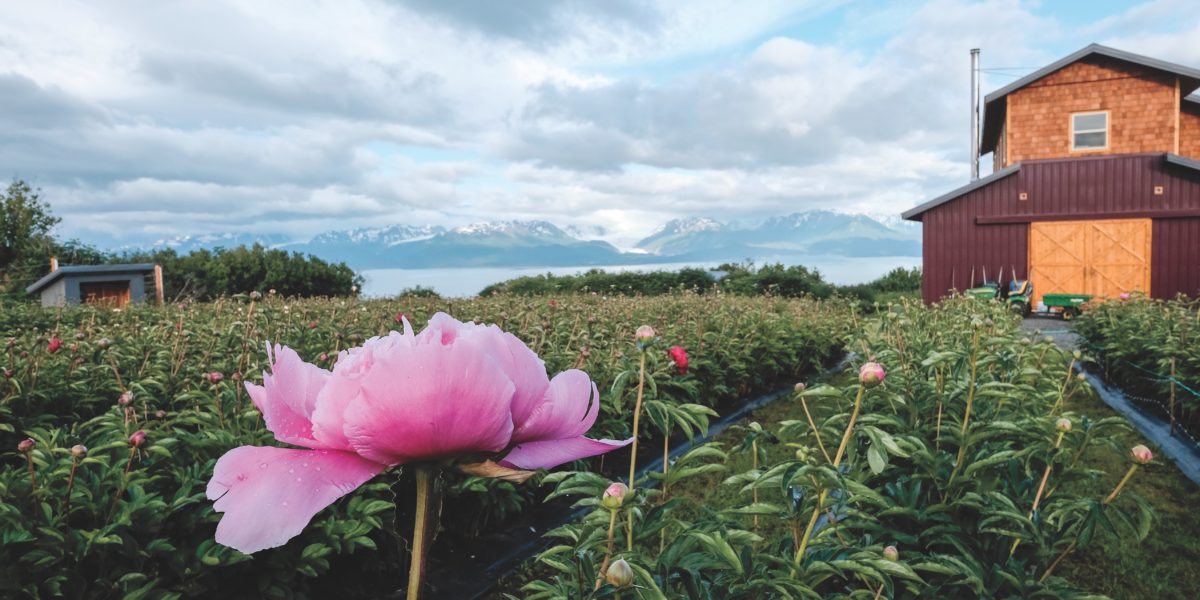
Maintaining a beautiful garden of perennials that blooms year-round requires knowledge and understanding of the common perennial problems. Dealing with weeds, pests, disease, and soil erosion are all issues any gardener must face when caring for their plants.
Weeds can be difficult to control as they often spread easily across gardens and require diligent weeding. Pests can also be troublesome; aphids, caterpillars, slugs, and snails feed on foliage but luckily there are many natural ways to deter them such as companion planting.
The disease is another challenge in gardening; proper identification followed by appropriate treatment is essential for managing it effectively. Finally, soil erosion needs to be addressed or else nutrients will become depleted from the soil leading to unhealthy plants. Taking proactive steps such as mulching around plants or adding extra organic matter into the soil will help keep your garden healthy throughout the year.
Managing these common perennial problems may seem daunting but with patience and dedication, you\’ll have a flourishing garden that brings joy season after season!
Maximizing Your Garden’s Potential Throughout Every Season
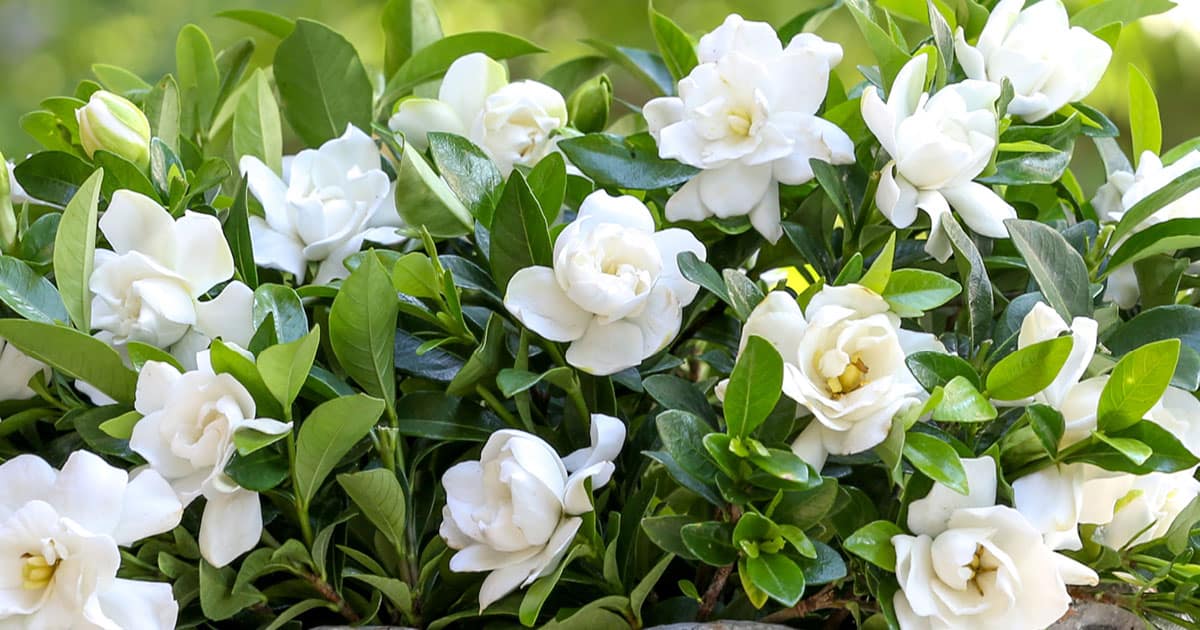
For gardeners looking to keep their gardens blooming year-round, perennials offer a unique solution. Perennials are hardy plants that can survive the changing seasons and grow back each spring with new life.
With careful selection and maintenance, you can create an evergreen garden filled with vibrant flowers and foliage throughout every season of the year. To achieve this goal, it is important to plan for the winter months while also anticipating when your perennials will bloom in springtime.
This way, you can enjoy the lush greenery and beautiful blooms all year long without having to worry about replanting or reseeding each season. By following a few simple tips on perennial care such as selecting species suited for your climate zone, mulching properly during colder weather, watering deeply in summer heatwaves, and fertilizing regularly you will be well on your way towards maximizing your gardens potential all year round!
Conclusion
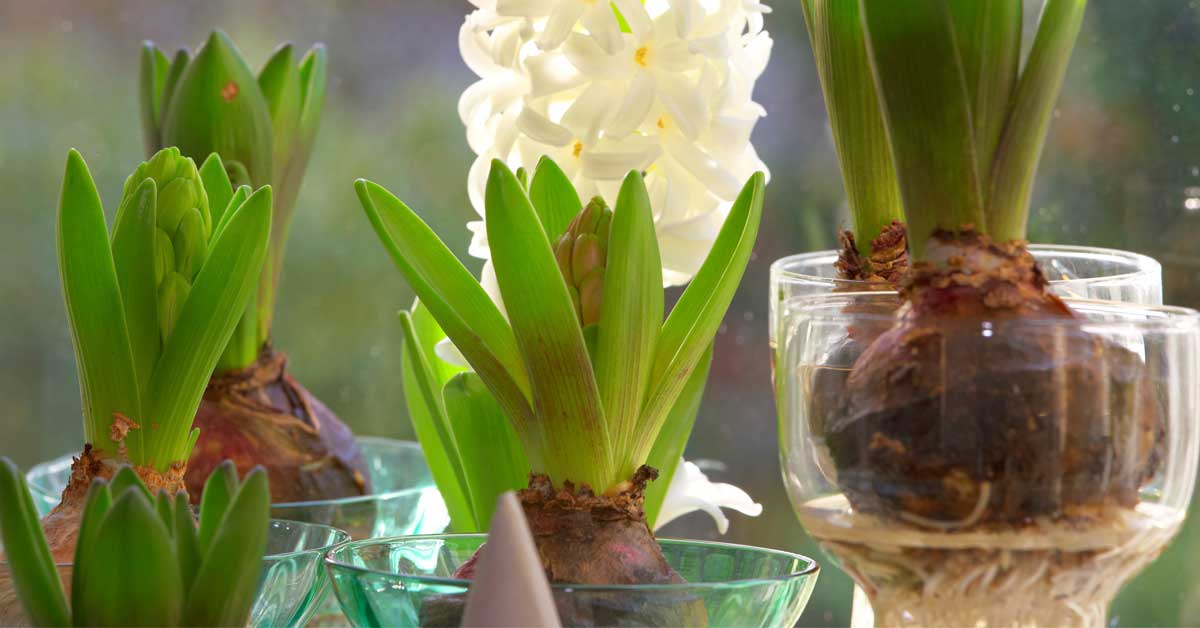
With the right care and help of Thanks a bunch florist, you can have a garden that blooms year-round. To ensure your garden is always in full bloom, it\’s important to plan and plant the correct variety of flowers that will thrive in your climate.
Make sure to research which plants are suitable for where you live and when they flower so you get the most out of them. Additionally, regular maintenance such as watering and fertilizing can help keep your perennials healthy throughout all seasons.
By following these tips, you\’ll be able to enjoy beautiful blossoms from spring through autumn!
